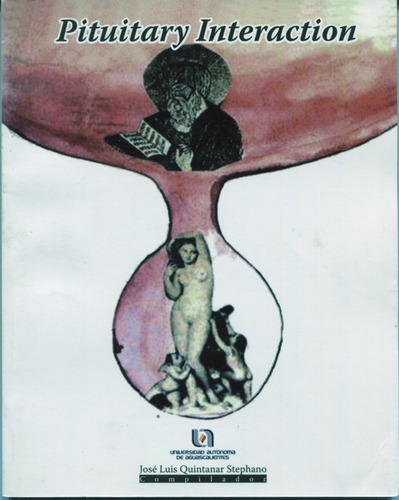Pituitary Interaction
en 12 meses sin intereses de
Stock disponible
Conoce la

Características principales
Título del libro | PITUITARY INTERACTION |
|---|---|
Autor | STEPHANO, JOSE LUIS QUINTANAR |
Idioma | Inglés |
Editorial del libro | UAA |
Otras características
Género del libro: Literatura y ficción
Descripción
PITUITARY INTERACTION
The papers published in this special issue focus on various aspects of pituitary research and are based mainly on presentations at the Symposium: "Pituitary interactions" held in Aguascalientes, Mexico, October 30, 2003. Pituitary research had an inspiring past, has a fascinating present and exciting future. To review is past, present, and future is a real challenge, an impossible task. Although the existence of the pituitary was recognized several hundred years ago, the first relevant contribution was published only in 1886 when Pierre Marie, a French neurologist, described the disease: acromegaly. This report created great interest and influenced researchers to explore the mysteries of the pituitary. Several clinicians, neurosurgeons, basic scientists, and pathologists contributed significantly to a better understanding or pituitary structure and function. The studies by Erdheim, Simmonds, Cushing, Sheehan, Harris, Selye, Furth, Guillemin, Schally and many others shed light on questions that were obscure before. Studies on pituitary structure and function multiplied during the last five decades. It was assumed earlier that pituitary experimentation had a splendid past but no future. This cannot be said today because pituitary research underwent profound, fascinating, and exciting changes. Radioimmunoassay made possible to determine small amounts of hormones in blood and tissues. Stimulating and suppressing tests helped to reach an accurate clinical diagnosis. Imaging techniques, primarily magnetic resonance imaging, enabled to localize small intrapituitary lesions. A marked improvement was achieved in surgical removal of pituitary neoplasms. The application of modern technology and experience almost completely eliminated surgical mortality. The use of immunohistochemistry, electron microscopy, and in situ hybridization provided new opportunities to determine cell derivation and assess the morphology of pituitary tumors in a more sophisticated way. New drugs, such as dopamine agonists and longacting somatostatin analogs, were developed; their application induced tumor shrinkage, improved considerably local and endocrine symptoms, and in some cases made surgical intervention unnecessary.
